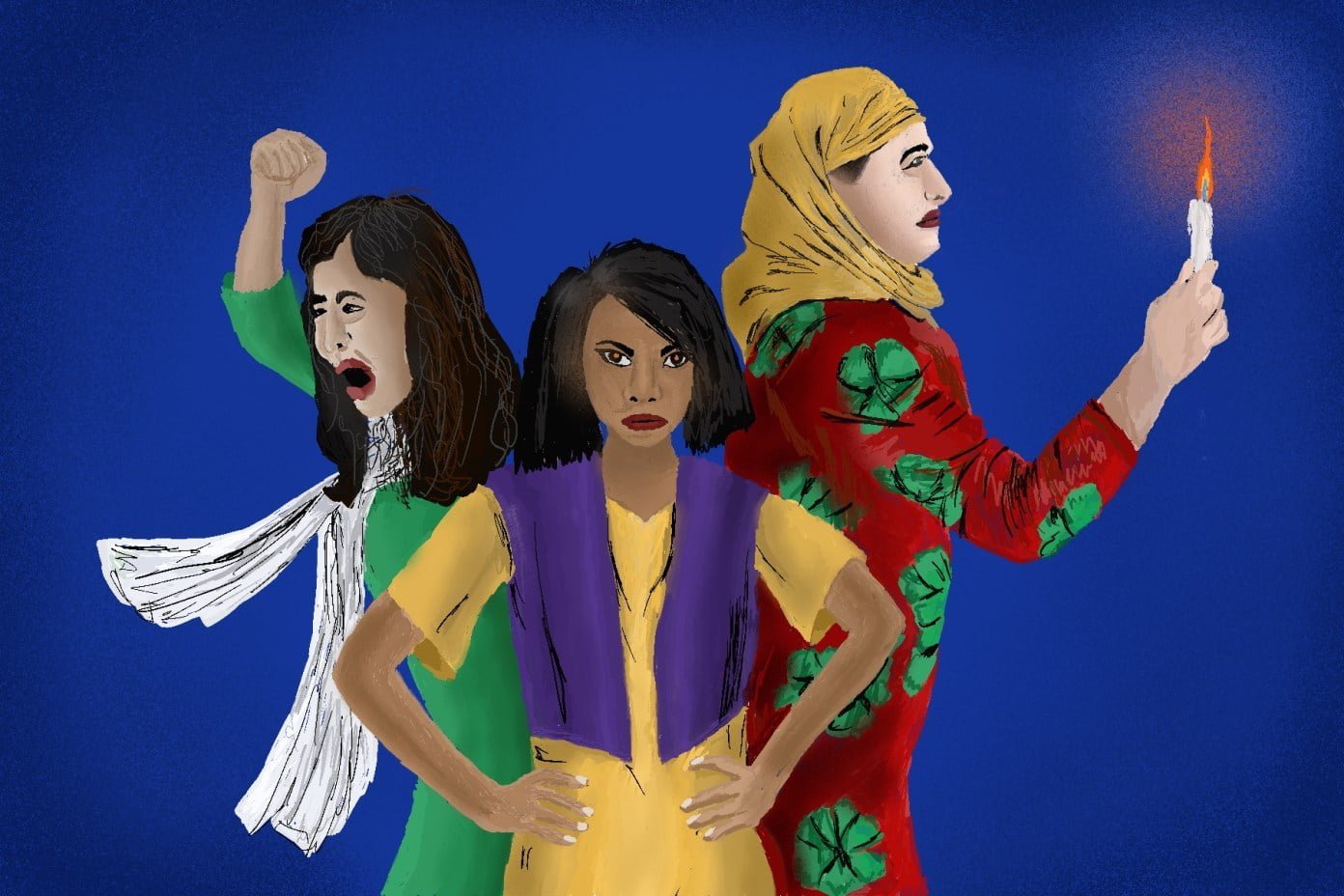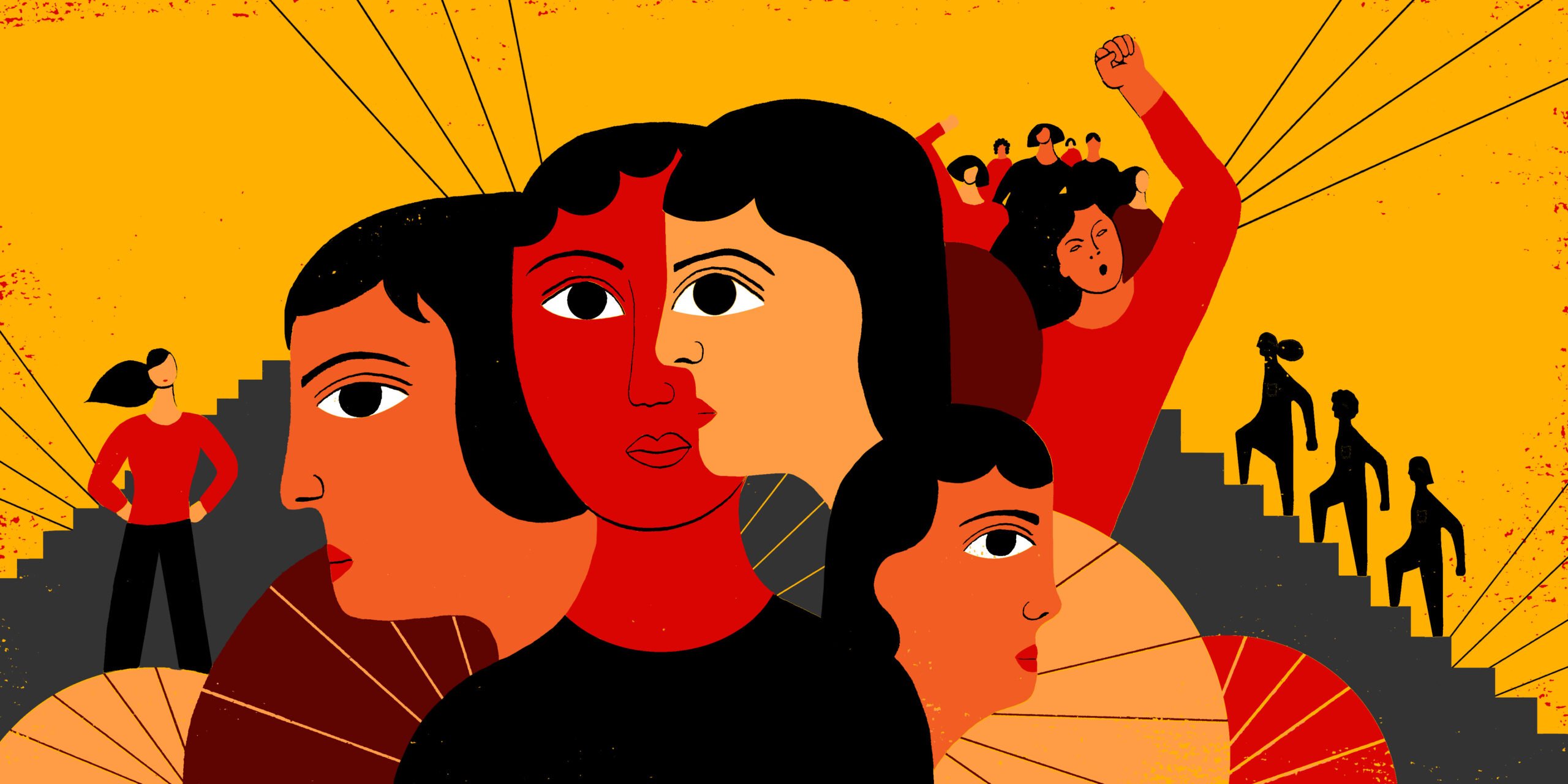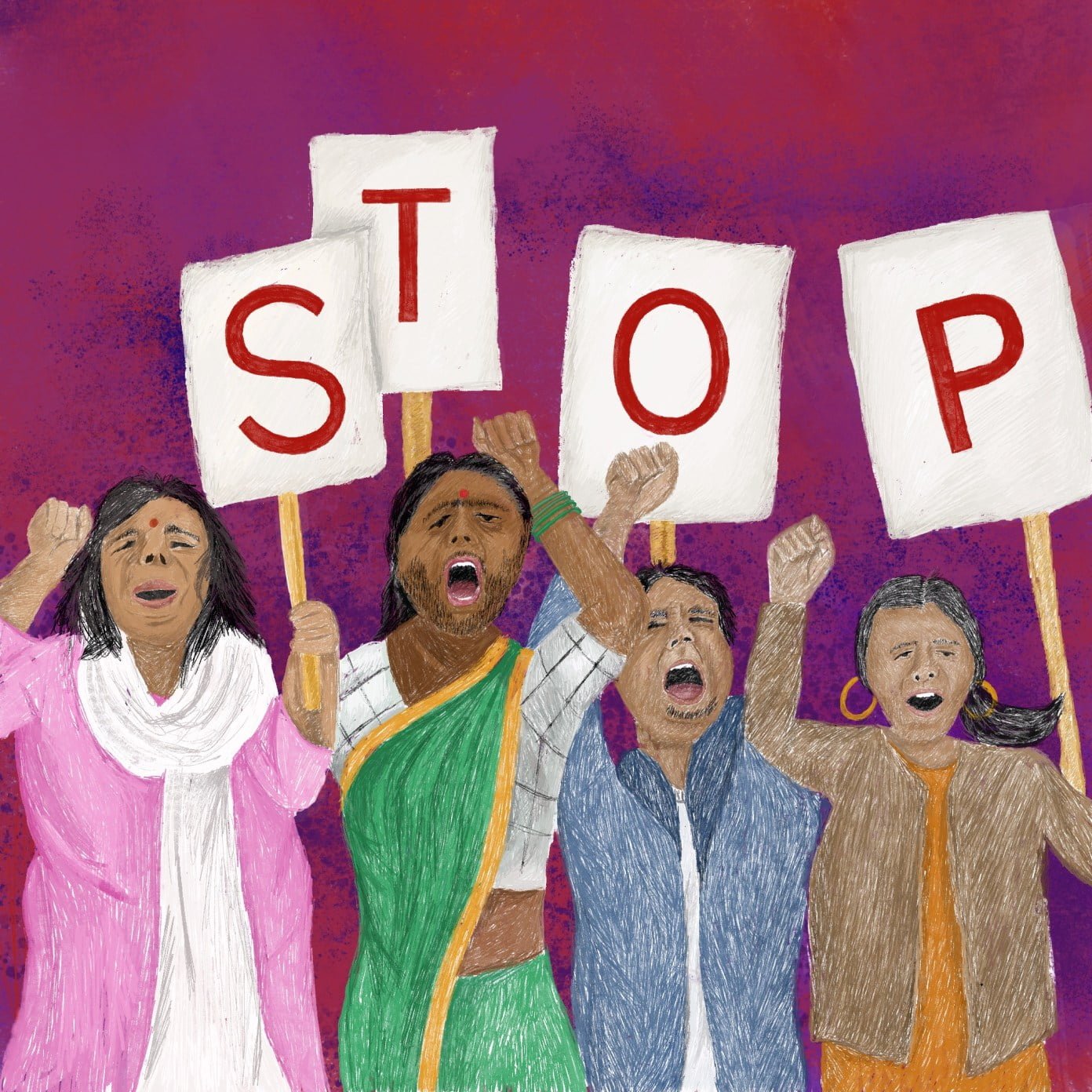For the most part of their childhoods, girls are taught against going into dark alleys and isolated corners to avoid violence against them. As time goes by, we have come to realise that advice is painfully inadequate – with women and marginalised genders having to often live with their abusers, violence is not merely an “outdoor phenomenon”. Furthermore, it is not only the quiet parts of the outdoors that are the problem areas. As the harrowing images from Manipur of women stripped naked and paraded prove, gender based violence no longer looks for shadows to commit its sins in. The Chief Minister’s response attributing the lack of political action to the ‘abundance’ of such incidents only serves to prove the painful ubiquity and routinisation of gender-based violence among the Indian public.

As per the data provided by the National Crime Records Bureau, the Indian police recorded in 2021 that out of the six million crimes reported, 428,278 were against women. These numbers show a 26.35 percent increase, as compared to 2016. Law enforcement officials alone cannot deal with such high numbers and therefore often require civic help in the reduction of such occurrences. The role of bystanders becomes acutely significant in such situations. However, as Dr. Paramjeet Singh told India Today in an interview, what we sadly witness today is the psychological phenomenon of bystander effect – the onlookers standing by and doing nothing.
The concept of ‘bystander effect’, especially in gender-based violence gathered attention after the gruesome murder of Kitty Genovese who was stabbed to death while her neighbours did nothing even after hearing her scream. One of those 38 neighbours, when interviewed said that ‘they did not want to get involved’ and hence chose to ignore the screams. The incident sent shockwaves across the country due to the depth of apathy that was displayed, propelling the creation of the 911 system and good samaritan laws in its wake. There have been multiple retellings of the event, some suggesting that the original account was a hyperbole. The concept of bystander effect and the need to cultivate bystander awareness, however, is still relevant, as public indifference to violence in recent times show.
Research has also shown that while groups do perform badly in comparison, in case it becomes clearly evident that it is a real emergency in need of a physical intervention, the results may change.
Psychologists have conducted various studies to explain the bystander effect. Bibb Latane and many other scholars, who have extensively studied the bystander effect, have demonstrated that groups are less likely to help than a single person. However, there are exceptions to this trend. Research has also shown that while groups do perform badly in comparison, in case it becomes clearly evident that it is a real emergency in need of a physical intervention, the results may change.

Psychologist Nikita Benjamin has attempted to explain the reason for the bystander effect, categorising it into three groups. The first one is the concept of ‘diffusion of responsibility’ , which implies that the larger the group, the more dispersed the feeling of individual responsibility would be. People might not want to take action, thinking that the other person would step in. The second reasoning is that of the domino effect. If one person is not doing anything, then the others also do not feel the social pressure to intervene. Their indifference gets socially validated as an acceptable or normal course of action in a large group. The last reason is the fear of getting involved; many assume that such incidents arise out of personal matters and one would be overstepping one’s boundary. The anonymity that characterised and made urban centres more desirable, becomes deadly in such instances.
Hence, the phenomenon of bystander effect disproves the ‘safety in numbers’ paradigm that people are used to. The group that you are surrounded by might help you, if they personally know you. This personalisation helps to get over the third reasoning mentioned above. A common example is that of female friendships or basic feelings of sisterhood, that often prompts women to intervene when they see other women looking uncomfortable or harassed in public settings. To create this personalisation, many methods have been suggested, though not all of them have tested positively. Such a bit of folk wisdom often asks the person in question to yell ‘fire’ instead of ‘help’. Decorated police officer J.J Bittenbinder in his book Tough Target: The Street Smart Guide to Staying Safe, has popularised the strategy. The idea behind this suggests that human beings are driven by the need to protect themselves and by yelling ‘fire’, one is actually making the bystanders a part of the imminent danger.
Hence, the phenomenon of bystander effect disproves the ‘safety in numbers’ paradigm that people are used to. The group that you are surrounded by might help you, if they personally know you
However, psychologists have disproved this notion. To begin with, very few people are likely to run into fire than away from it. Shotland and Stebbins conducted a series of experiments simulating the bystander effect, with the victim shouting for help, fire and ‘who are you? I don’t even know you’ on three different occasions. The call for help received far more responses than fire. The third scenario, which elicited more responses compared to the other two, was added to ensure that the situation did not arise out of a personal equation between the victim and the attacker, making it clear that the bystanders were not overstepping.

However, it is important to note that there are real safety concerns to be addressed for bystanders as well. There have been instances where the helpers often become the target of the attack.therefore, we require concerted efforts in cultivating bystander responses. The larger public needs to be made aware of safe bystander practices like the 4Ds – Direct Action, Distract, Delegate, Delay and other intervention models. Victims are often encouraged to point to one person in a crowd to ask for help, thereby personalising the responsibility.
Changes in mindset are equally important to ensure bystander intervention. Most commonly observed justifications of violence involve questioning the moral character of the victim. We see this trend everywhere, from courts to newspapers. There has been research that has remarked how Kitty Genovese was spared from the uncomfortable gaping into her personal life only due to her identity as a lesbian. At a time when homosexuality was viewed as moral perversion, Kitty’s sexuality was purposefully not highlighted to ensure attention was not diverted. An important thing to be noticed is that most of these studies pertain to women as victims; the stigma against trans people in society often prevents helping behaviour. Many observers also remark that empathy and pro-social behaviour is often dependent on how much relatability or feelings of in-group the victim’s identity generates.
While bystander intervention is important in direct physical violence, these systemic bystander interventions are equally important to create an environment where gender-based violence is not the norm; where the ubiquity of it cannot be cited as the cause for legal or political inaction.
Sexual violence exists in a spectrum and encompasses a range of behaviours, some of which are not necessarily illegal, like making sexist jokes, inappropriate sexual remarks, innuendos, catcalling, or using offensive gestures. However, their supposed legality does not diminish the harm they cause to those who experience them. These incidents occur in various settings, including public spaces, workplaces, schools, communities, and online. It’s crucial for all of us to speak out against these behaviours and show that they will not be accepted. While bystander intervention is important in direct physical violence, these systemic bystander interventions are equally important to create an environment where gender-based violence is not the norm; where the ubiquity of it cannot be cited as the cause for legal or political inaction.

By engaging in daily actions that disrupt harmful beliefs and behaviors, we actively confront the very notions that enable sexual assault. There are numerous opportunities for us to intervene and contribute to creating more consensual and secure communities for all individuals to thrive in. When the society has been brutalised to an extent where violence meets banal normality, it might be hard to look at it without indifference; but there has to be a concerted effort to make our society one which is safer for everyone and where cries of help do not fall on deaf ears.
About the author(s)
Stephy is a masters student in Jamia. Her interests revolve around issues of conflict and peace, gender and mental health. She hopes to shed her inherent biases daily and become a better ally each day




